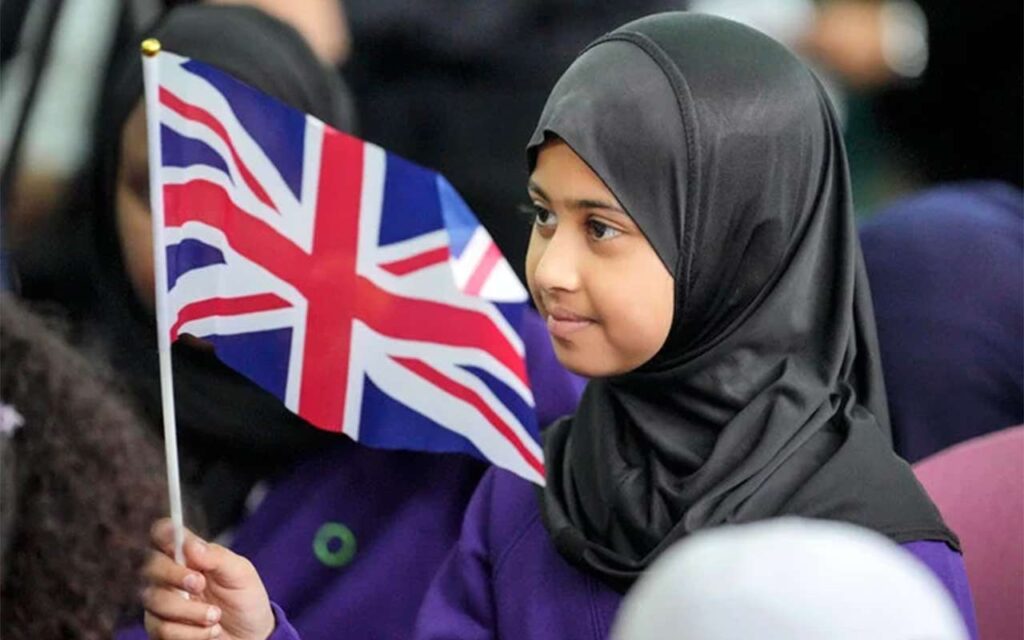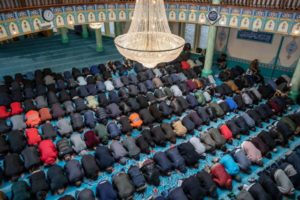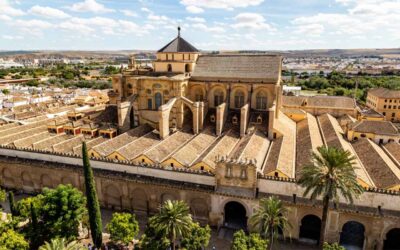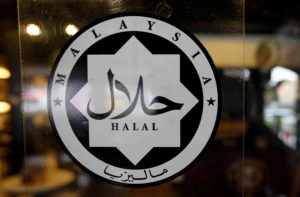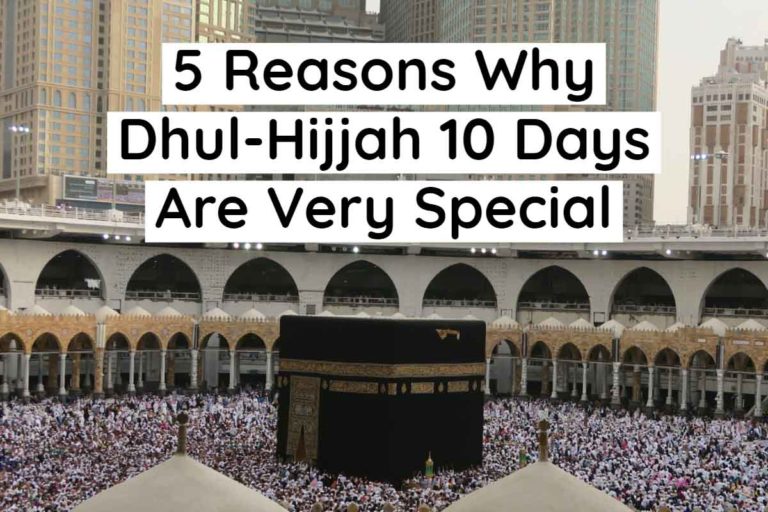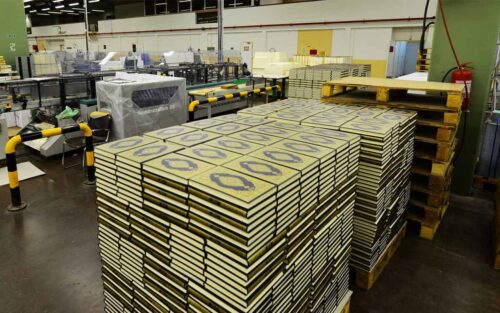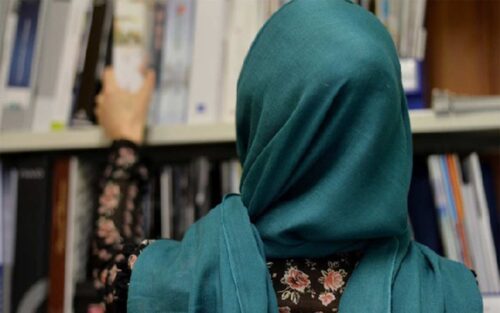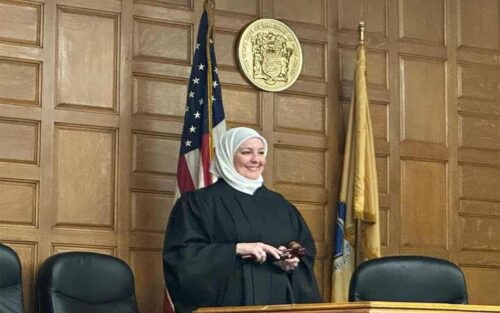The United Kingdom has seen rapid growth in the Muslim population and a decline in Christians, according to a 10-yearly census carried out in 2021 released by the Office for National Statistics.
The Muslim population, became 3.9 million or 6.5% of the population, up from 4.9% before which counts as a 44% increase over the previous data.
The area with the highest percentage of the population who described themselves as “Muslim” was Tower Hamlets (39.9%, up from 38.0% in 2011). Other areas with high percentages of people responding as “Muslim” included Blackburn with Darwen (35.0%) and Newham (34.8%).
Meanwhile, for the 1st time, Some 46.2% of the population of England and Wales described themselves as Christian on the day of the 2021 census, down 13.1% points from 59.3 percent a decade earlier.
Also, those identifying as having “no religion” was the second most common response to the census survey, increasing to 37.2 percent from 25.2 percent in 2011.
The religion question was added to the UK census in 2001. It remains voluntary to answer, but 94% of respondents did, according to the ONS.
Separately, when people were asked about their ethnicity, 81.7 percent of residents in England and Wales identified as White, down from 86 percent a decade earlier, according to the data.
The next most common ethnic group was Asian, Asian British, or Asian Welsh accounting for 9.3% of the overall population – 5.5 million people, up from 4.2 million.
The figures show that the UK has diversified apace since the last census in 2011, London is now a two-thirds ethnic minority.
At the same time, other major cities such as Leicester, Luton, and Birmingham have become home to “minority majorities,” driven by significant increases in Asian communities from Pakistan, Bangladesh, India, and East Africa.
The census is a survey of trends across the UK that is undertaken every 10 years to provide as accurate a picture of the population of the country as possible.


